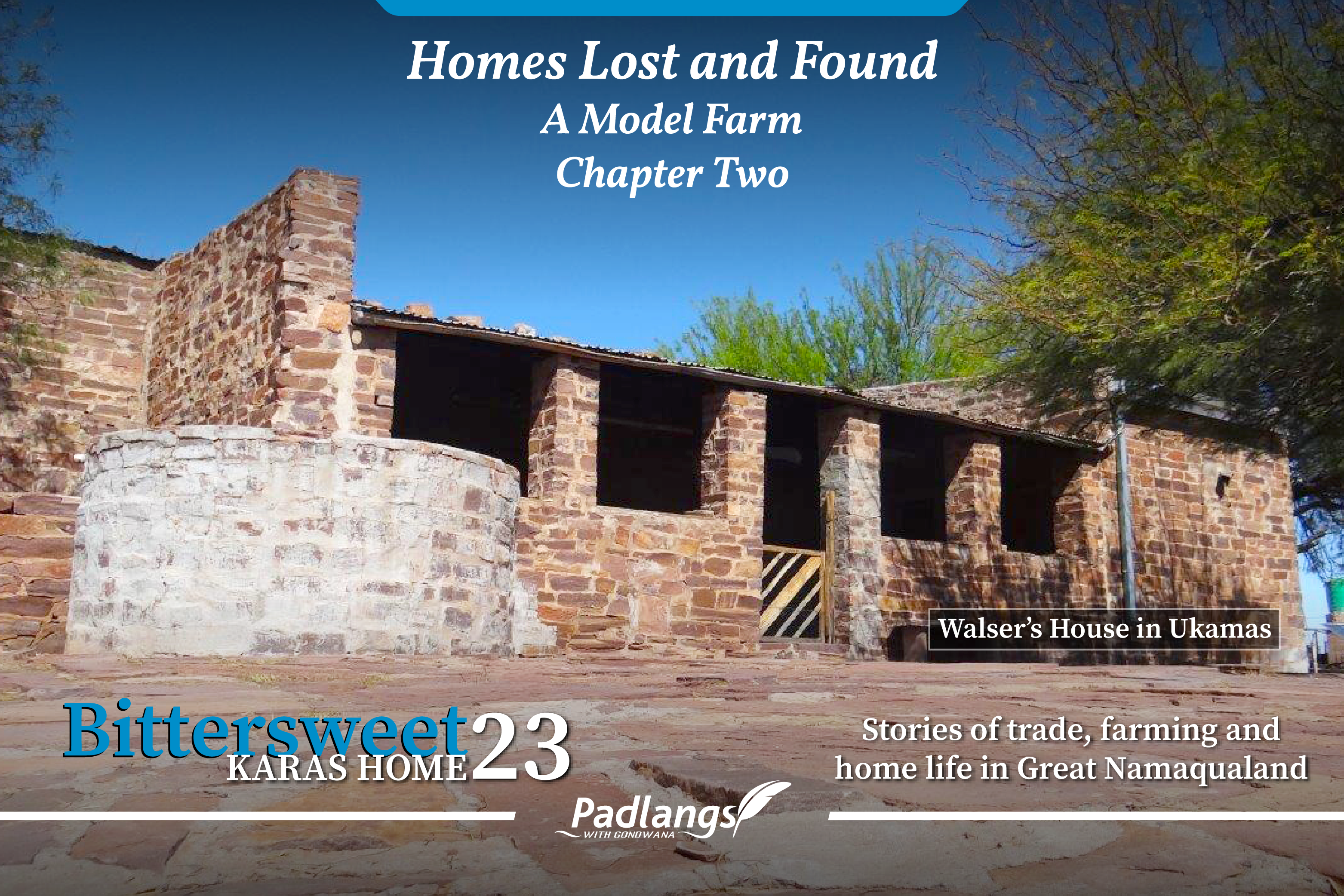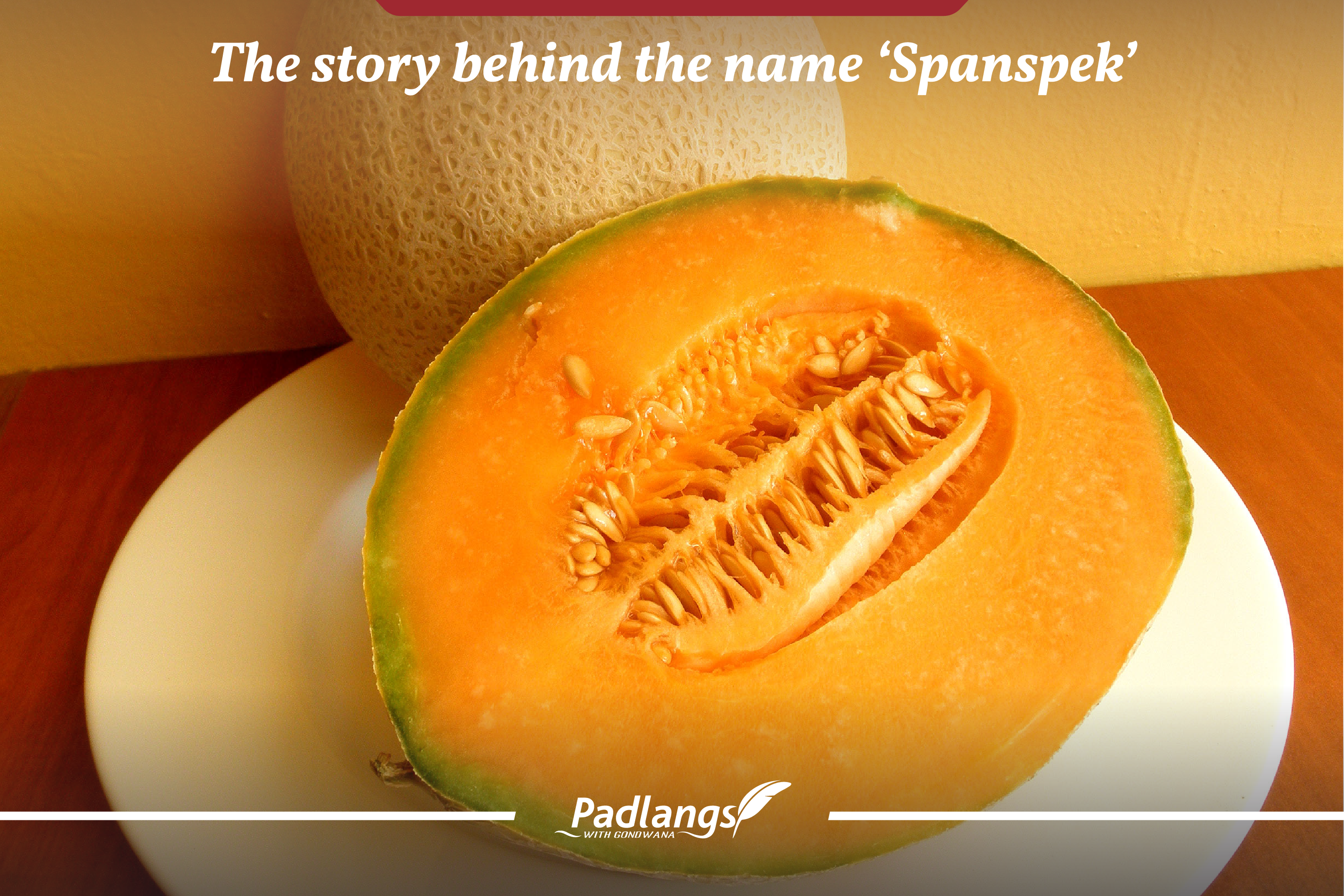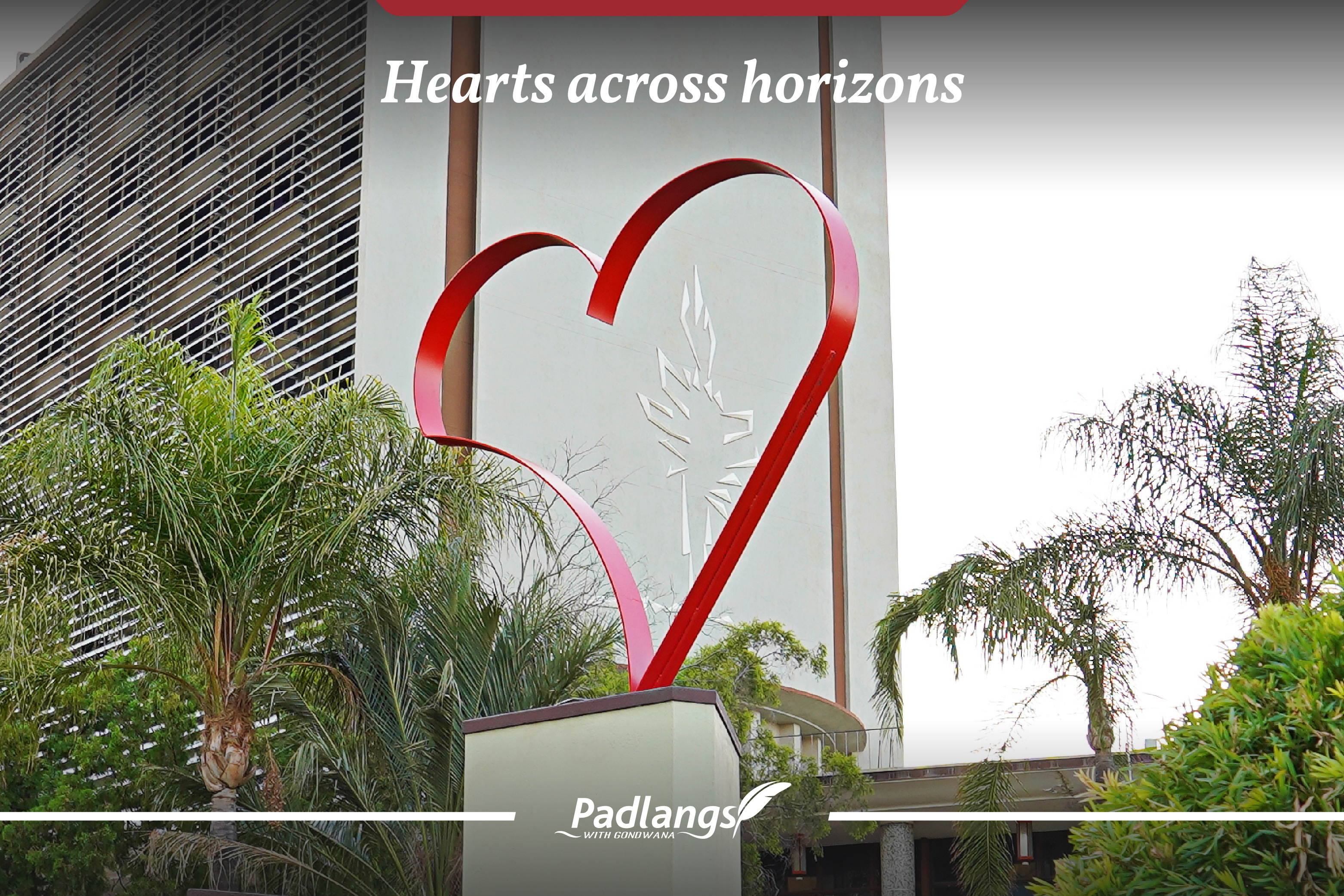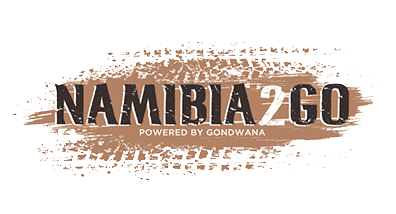Over the years, I had heard the intriguing story of how the Riemvasmakers arrived in Namibia from South Africa in the 70s and how some of them returned in the 90s, and the story is always the richer for hearing it from one of the original group members. Rebecca Adams was happy to recount the tale.
The chance of sighting the desert elephants had lured me to De Riet, a small settlement near the confluence of the ephemeral Huab and Aba-Huab rivers, on my way to the famous Twyfelfontein rock engravings. Rebecca had just come in from tending her goats and we fetched some water for her to drink before we sat in the sandy yard of her house. As the elephants made their way to the riverbed and the wind blew vigorously around us, she travelled back with us through the years to the Northern Cape, her birthplace.
.jpg?width=2083&height=2083&name=17_Meeting%20Rebecca%2c%20the%20Riemvasmaker-02%20(1).jpg)
There are several theories as to the origin of the word ‘Riemvasmaak’, translated from the Afrikaans as ‘to tie a leather thong’. I had heard a few. One stems from the time when ox-wagons frequented the rugged area in South Africa and men standing alongside the wagon kept it upright by pulling tightly on thongs (‘rieme’) as it negotiated difficult sections of the terrain. Another story involves lowering a sickly man on a stretcher from the rocky heights into the valley below by securing him with ‘rieme’. Another claims that one clan stole livestock and when the men were caught, they were tied (‘vasmaak’) to a large rock with ‘rieme’.
I listened to Rebecca’s story of how Riemvasmaak, a town near the Orange River in South Africa, was earmarked for use as a military training area by the South African government of the time and the 1500 inhabitants were told to leave. Some of the old people remember the expressive Afrikaans words: “Al kom die Here van die berg af, trek, sal jy trek (Even if God comes from the mountain you will have to move from here).” The town was home to various ethnicities and those with Xhosa background were sent to the Transkei in the Eastern Cape, while those with Nama, Damara and Ovaherero ancestry were sent to Damaraland in Namibia.
As she remembers it, there were several meetings where the Riemvasmakers were told that they were to be relocated to the land of their forefathers, South West Africa (today’s Namibia). In one of the meetings five men were selected to travel northwards and have a look at the land. It was 1973 and Rebecca was 22 years old.
They returned with the news that the land, similar to where they lived as subsistence farmers in the Northern Cape, was suitable. The Riemvasmakers made ready to leave, amid much crying and lamenting by the elders, who did not want to leave their homes. In October the first group of 180 households boarded the train for Otjiwarongo with everything they owned, including their goats, sheep and donkeys. And from there they were transported for the final leg of their journey by truck. They initially stayed in the small town of Welwitschia (present-day Khorixas) for a few weeks before moving to farms in the area. Rebecca travelled with her grandfather, mother, sister, brother, aunt and cousin. That year it rained a lot and the Orange River came down in flood.
.jpg?width=2083&height=2083&name=17_Meeting%20Rebecca%2c%20the%20Riemvasmaker-03%20(1).jpg)
The second group’s departure was delayed until March of the following year and they went straight to the small settlement of Bergsig. From there most moved to Otjihavera. “But, it was the house of the lions,” Rebecca related and they couldn’t sleep at night. The headmen went back to the government office in Welwitschia and told them that they couldn’t stay there. They were told to look for another place to live, and that they would receive transport to relocate. They found De Riet.
A well-known story that has been told over the years from the time of the move and one which is remembered every year at the Riemvasmaker cultural festival held in October, is from when the group arrived. One of the old men, Oupa Samuel Dawids, was very sick and passed on at Otjihavera before they left. They took his body to De Riet and as they were new in the area and didn’t know where the sun rose and set, buried him the wrong way round. The story is recounted at the festival where roosterbrood, meat, dumplings and beans are cooked and eaten, ‘magou’ - a maizemeal drink - is enjoyed and the Riemvasmakers’, dressed in their best, partake in traditional song and dance, stamping their feet to the lively beat of the Nama stap.
Rebecca accompanied us for a short drive past the conservancy office to look at the grave, now enclosed by a brick wall and festooned with fabric flowers.
But the story of the Riemvasmakers doesn’t end there. Twenty years later, after Namibia had gained its independence and after the democratic elections in South Africa in 1994, a new page in history was turned when Nelson Mandela acknowledged the forced removal of the Riemvasmakers and invited them to return and reclaim their land. Rebecca’s mother and daughter were among the many who decided to go back in 1995.
“And you, Rebecca,” I asked her, “did you not want to return?” She explained that by that time she had two daughters and was working in Namibia. “I already had a life here,” she told me. Most of the elders went back, but many of the Riemvasmakers stayed on. They felt like true Namibians.
Their decision to stay in Namibia in no way detracted from the fierce pride that the Riemvasmakers feel for their heritage, or from the bond they feel with their family members in Riemvasmaak, South Africa, who they visit for special occasions like weddings, funerals, holidays and significant family events.
Rebecca’s life’s journey took her to Windhoek and to Johannesburg and then to Khorixas where she worked in the hospital for thirty years, first as a cleaner and then as a switchboard operator. When she retired in 2011, she chose to move to the village in De Riet, where she enjoys her days among her goats and the desert elephants in the semi-arid landscape of Damaraland.
.jpg?width=2083&height=2083&name=17_Meeting%20Rebecca%2c%20the%20Riemvasmaker-04%20(1).jpg)









.png)

SUBMIT YOUR COMMENT